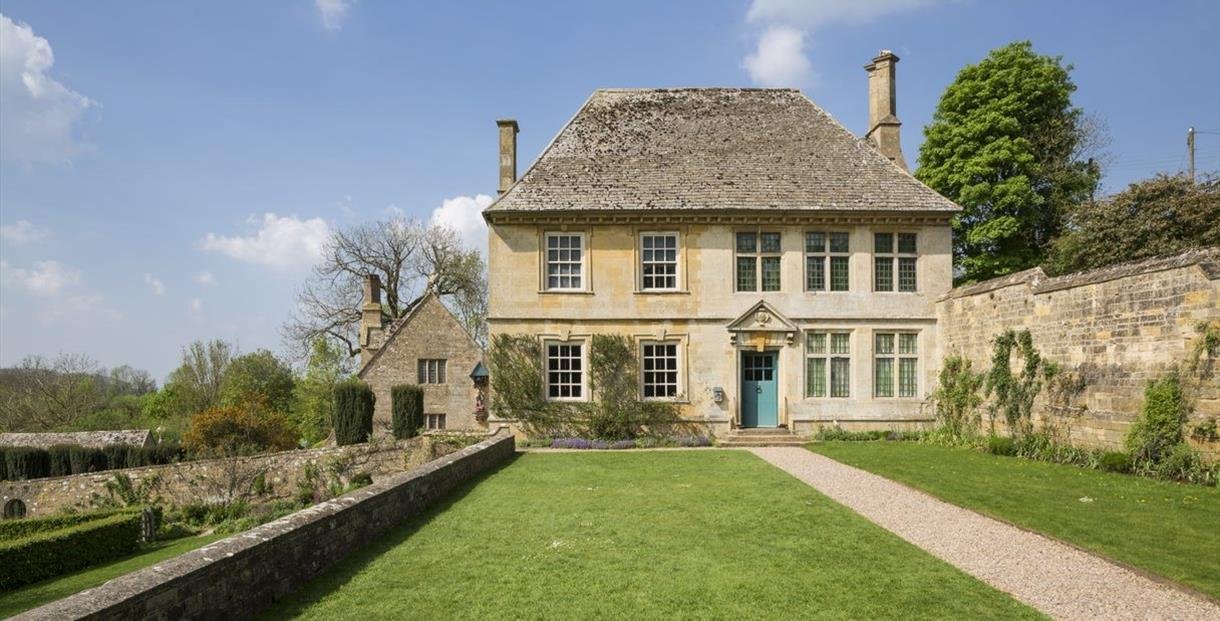Performing the past: a novel way to engage with research sites
Fiona Crouch is a second year PhD researcher at Northumbria University. She studied History at Edinburgh University before serving as an army officer in the Royal Signals. Volunteering with disadvantaged children inspired a return to university and, in 2019, she graduated from Northumbria University’s Creative and Cultural Industries Management MA course with Distinction. Her PhD considers the concepts of heritage, neurodiversity, identity, and connection.
Connect with Fiona here
My PhD research activities are based at Snowshill Manor and Garden in Gloucestershire – a property that was gifted by its last private owner, Charles Paget Wade, to the National Trust in 1952. Wade was quite a character: an architect, artist, craftsman, and poet of independent means. After surviving the horrors of military service in France in World War One, he dedicated his life to collecting handmade things (his collection grew to over 22,000 items) and the restoration of the property and garden.
In late 2022, the Everyman Theatre, Cheltenham, posted an interesting opportunity on their social media channels. The theatre was looking for South West-based playwrights to submit scripts for short plays based on the connection between Gloucestershire and the monarchy. Though I’m not a playwright, I did have an idea that could be explored dramatically, based around a royal visit to Snowshill. In July 1937 Queen Mary, the King’s great-grandmother, visited Snowshill with members of the Royal Court. Like Wade, Queen Mary was an avid collector. It has even been suggested she was something of a magpie, drawn to objects to add to her own collection – hence the title I eventually gave the piece, The Tea Leaf Queen. Wade was forewarned of this proclivity and, as a result, hid his favourite objects. During her visit, it is reported that she found ‘the finest thing in the collections was Mr Wade himself’[i]
Potentially, this event made for a tantalising piece of theatre - how should I start? A friend, Martin, who is a playwright, saw something in my idea and offered me the following advice: have one overarching theme that runs throughout the story; tell a story; make the characters believable. Oh, and I should also just start to write it! His advice gave me the confidence, and push, I needed: I set to work. I submitted the playlet in January 2023. Less than a week later, I was amazed and incredibly proud that The Tea Leaf Queen had been chosen as one of five playlets to be performed in spring 2023.
I enjoyed the writing process: the words and story flowed easily. I wanted my submission to be both factually correct and entertaining. As little documentary evidence of Queen Mary’s visit to Snowshill exists (less a visitor book entry), I wasn’t bound by historical detail. As a researcher, adapting facts for historical purposes would have been jarring. Instead, I was able to give my imagination free rein. For me, it’s been an insightful application of my research and a powerful way to engage with the site. More than anything, I wanted this piece to add to Wade and Snowshill’s legacy. The Tea Leaf Queen piece isn’t just for me or the Everyman Theatre. I wanted to bring Wade to life, to introduce this brilliant and unique individual to new audiences, and as a personal thank you to the Snowshill team for their dedication to the site and the support they continue to give me and my research.
The Tea Leaf Queen is being performed in the Irving Studio, Everyman Theatre, Cheltenham, as part of its celebrations for the coronation of King Charles III. The production, The Crown and the Cotswolds, will show in April 2023. Visit here for further information and tickets.
[i]Howard, J. (2016). A Thousand Fancies. Pitkin Publishing, London. (p. 94).


